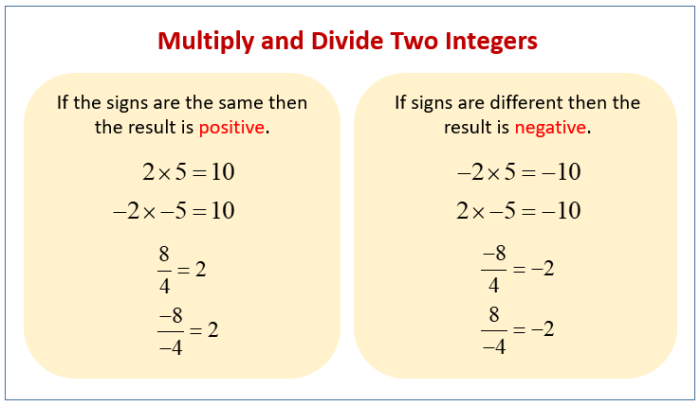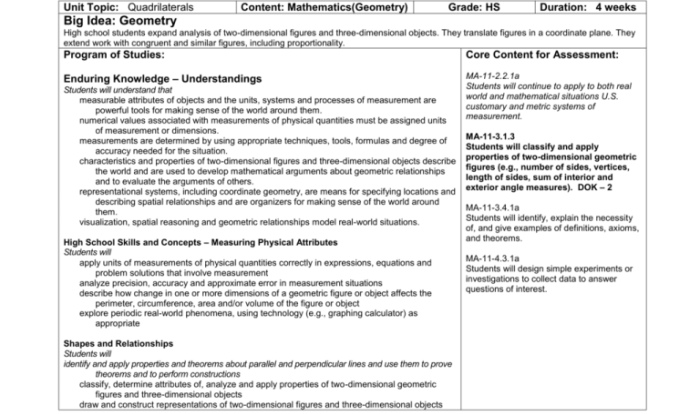Round 3.619 to the nearest tenth – Rounding numbers to the nearest tenth is a fundamental mathematical skill with wide-ranging applications. Rounding 3.619 to the nearest tenth is a straightforward process that involves understanding the concept of rounding and applying specific rules. This guide provides a thorough explanation of rounding to the nearest tenth, including the steps involved, rounding rules, and practical applications.
Rounding to the Nearest Tenth

Rounding to the nearest tenth involves approximating a number to the nearest value that is a multiple of 0.1. It is a common mathematical operation used to simplify calculations and make numbers easier to read and understand.
Rounding Rules
- If the digit in the hundredths place is 5 or greater, round up the number to the next tenth.
- If the digit in the hundredths place is less than 5, round down the number to the previous tenth.
When the digit in the hundredths place is 5, it is called a “tie”. In this case, the number is rounded up if the digit in the thousandths place is odd, and rounded down if the digit in the thousandths place is even.
Examples of Rounding
| Number | Rounded to the Nearest Tenth |
|---|---|
| 3.619 | 3.6 |
| 3.65 | 3.7 |
| 3.645 | 3.6 |
Applications of Rounding, Round 3.619 to the nearest tenth
Rounding to the nearest tenth has various practical applications in everyday life, including:
- Estimating measurements (e.g., height, weight, distance)
- Calculating averages and percentages
- Simplifying financial calculations (e.g., interest rates, stock prices)
- Converting between different units of measurement (e.g., inches to centimeters)
FAQ Guide: Round 3.619 To The Nearest Tenth
What is the concept of rounding to the nearest tenth?
Rounding to the nearest tenth involves adjusting a number to the closest multiple of 0.1.
How do I round 3.619 to the nearest tenth?
Since the digit in the hundredths place (9) is greater than or equal to 5, 3.619 is rounded up to 3.6.
What are the practical applications of rounding to the nearest tenth?
Rounding is used in various fields, including science, engineering, finance, and everyday calculations, to simplify numerical operations and improve readability.




